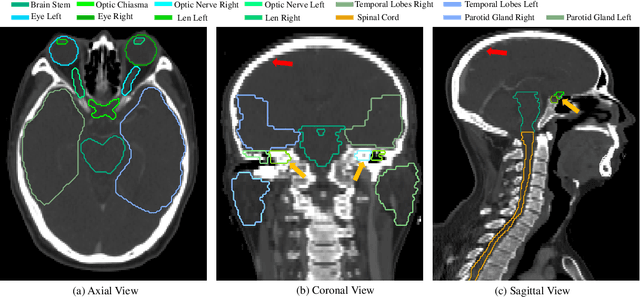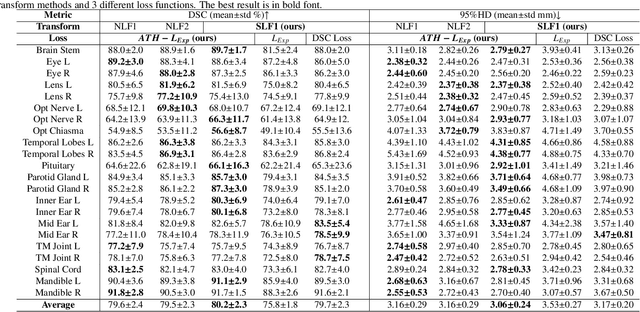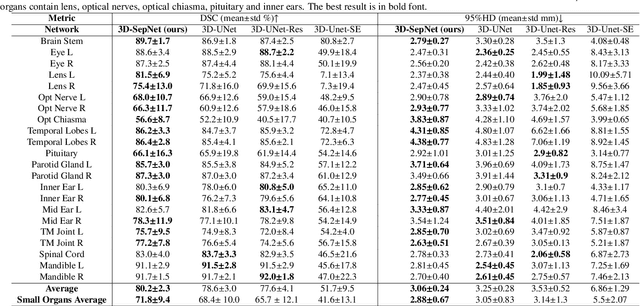Shan Ye
Generative AI May Prefer to Present National-level Characteristics of Cities Based on Stereotypical Geographic Impressions at the Continental Level
Oct 07, 2023Abstract:A simple experiment was conducted to test the ability of the Chinese-based generative artificial intelligence (AI) platform, Wenxin Yige, to render images of urban street views of different countries. The study found that images generated by this AI platform may contain continental-level stereotypes in terms of showing the level of economic development and modernization. Street view images generated from Wenxin Yige do not adequately represent the diverse range of urban landscapes found across different nations. Using these generated images for geography education or outreach initiatives could inadvertently strengthen people's existing stereotypical views about individual countries.
STICC: A multivariate spatial clustering method for repeated geographic pattern discovery with consideration of spatial contiguity
Mar 31, 2022



Abstract:Spatial clustering has been widely used for spatial data mining and knowledge discovery. An ideal multivariate spatial clustering should consider both spatial contiguity and aspatial attributes. Existing spatial clustering approaches may face challenges for discovering repeated geographic patterns with spatial contiguity maintained. In this paper, we propose a Spatial Toeplitz Inverse Covariance-Based Clustering (STICC) method that considers both attributes and spatial relationships of geographic objects for multivariate spatial clustering. A subregion is created for each geographic object serving as the basic unit when performing clustering. A Markov random field is then constructed to characterize the attribute dependencies of subregions. Using a spatial consistency strategy, nearby objects are encouraged to belong to the same cluster. To test the performance of the proposed STICC algorithm, we apply it in two use cases. The comparison results with several baseline methods show that the STICC outperforms others significantly in terms of adjusted rand index and macro-F1 score. Join count statistics is also calculated and shows that the spatial contiguity is well preserved by STICC. Such a spatial clustering method may benefit various applications in the fields of geography, remote sensing, transportation, and urban planning, etc.
Automatic Segmentation of Organs-at-Risk from Head-and-Neck CT using Separable Convolutional Neural Network with Hard-Region-Weighted Loss
Feb 03, 2021



Abstract:Nasopharyngeal Carcinoma (NPC) is a leading form of Head-and-Neck (HAN) cancer in the Arctic, China, Southeast Asia, and the Middle East/North Africa. Accurate segmentation of Organs-at-Risk (OAR) from Computed Tomography (CT) images with uncertainty information is critical for effective planning of radiation therapy for NPC treatment. Despite the stateof-the-art performance achieved by Convolutional Neural Networks (CNNs) for automatic segmentation of OARs, existing methods do not provide uncertainty estimation of the segmentation results for treatment planning, and their accuracy is still limited by several factors, including the low contrast of soft tissues in CT, highly imbalanced sizes of OARs and large inter-slice spacing. To address these problems, we propose a novel framework for accurate OAR segmentation with reliable uncertainty estimation. First, we propose a Segmental Linear Function (SLF) to transform the intensity of CT images to make multiple organs more distinguishable than existing methods based on a simple window width/level that often gives a better visibility of one organ while hiding the others. Second, to deal with the large inter-slice spacing, we introduce a novel 2.5D network (named as 3D-SepNet) specially designed for dealing with clinic HAN CT scans with anisotropic spacing. Thirdly, existing hardness-aware loss function often deal with class-level hardness, but our proposed attention to hard voxels (ATH) uses a voxel-level hardness strategy, which is more suitable to dealing with some hard regions despite that its corresponding class may be easy. Our code is now available at https://github.com/HiLab-git/SepNet.
Automatic Segmentation of Gross Target Volume of Nasopharynx Cancer using Ensemble of Multiscale Deep Neural Networks with Spatial Attention
Jan 27, 2021



Abstract:Radiotherapy is the main treatment modality for nasopharynx cancer. Delineation of Gross Target Volume (GTV) from medical images such as CT and MRI images is a prerequisite for radiotherapy. As manual delineation is time-consuming and laborious, automatic segmentation of GTV has a potential to improve this process. Currently, most of the deep learning-based automatic delineation methods of GTV are mainly performed on medical images like CT images. However, it is challenged by the low contrast between the pathology regions and surrounding soft tissues, small target region, and anisotropic resolution of clinical CT images. To deal with these problems, we propose a 2.5D Convolutional Neural Network (CNN) to handle the difference of inplane and through-plane resolution. Furthermore, we propose a spatial attention module to enable the network to focus on small target, and use channel attention to further improve the segmentation performance. Moreover, we use multi-scale sampling method for training so that the networks can learn features at different scales, which are combined with a multi-model ensemble method to improve the robustness of segmentation results. We also estimate the uncertainty of segmentation results based on our model ensemble, which is of great importance for indicating the reliability of automatic segmentation results for radiotherapy planning.
 Add to Chrome
Add to Chrome Add to Firefox
Add to Firefox Add to Edge
Add to Edge